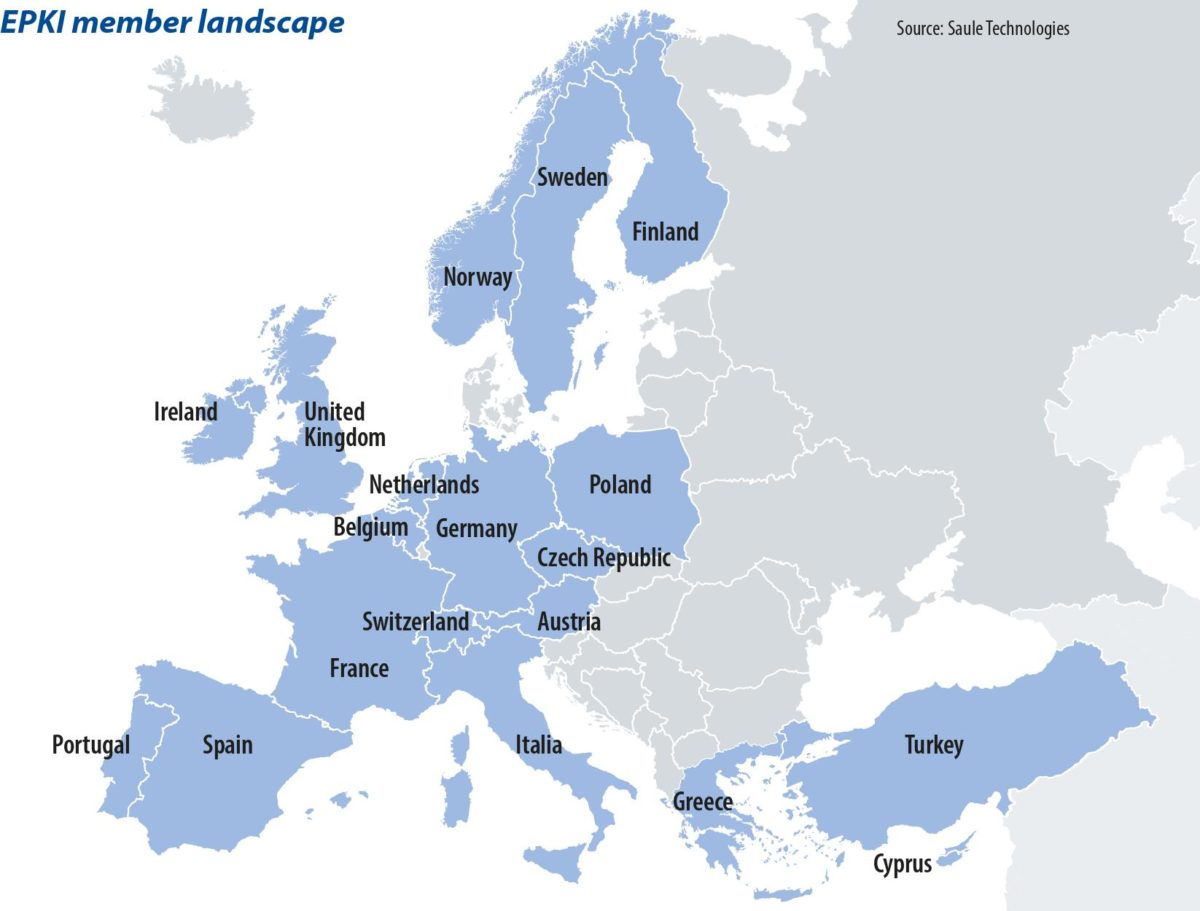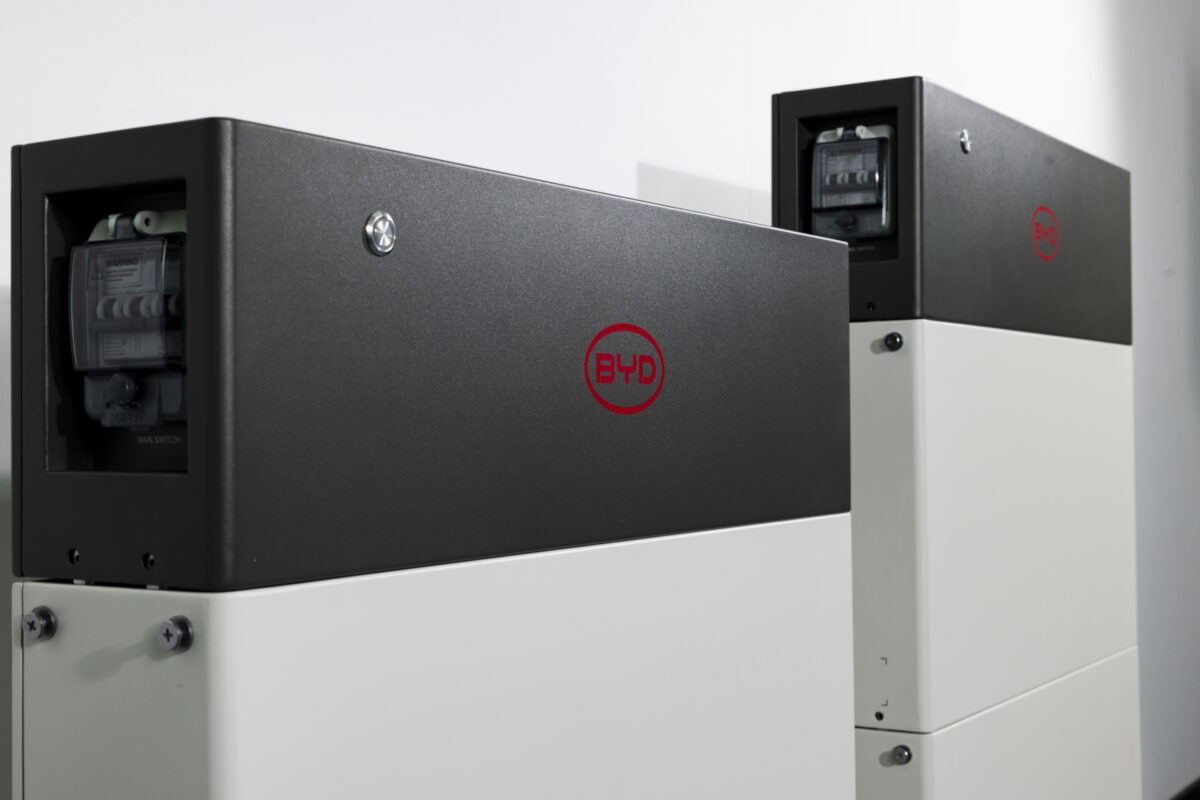From pv magazine 04/2020
As electricity generation from PV has become one of the cheapest energy sources available, its market opportunities have expanded. Meanwhile, the European PV industry has been losing ground. The number of European PV cell and module manufacturers now stands in the low double-digit range. And the number of bankruptcies has continued to climb.
Despite this history, today there is a viable space for “made in Europe PV”. The members of the European Perovskite Initiative (EPKI) are convinced of this and of the role of perovskite technology.
Underpinning EPKI’s efforts is the belief that the energy transition we are all eager to achieve should also deliver environmental, social and technological benefits. Specifically, EPKI believes Europe should not give up on PV manufacturing in order to maintain a minimum level of strategic independence.
Why Europe?
However, to reinvest in PV manufacturing and be competitive, a specific approach and strategy is required. Mastering advanced technologies backed by excellent research and development is key for a future PV industry. The EU is still in a good position within academic fundamental research, but needs to find good ways for scaling up and industrialization.
We believe perovskite PV has great potential to meet this challenge for the following reasons:
- It is a new and disruptive technology in which European institutes and universities still hold an advantage. We are working to bring this technological advantage into industrial success stories.
- It is well positioned for specific applications such as BAPV or BIPV. Demand for these custom-made PV solutions and products is expected to accelerate and manufacturing should be located close to the demand. Meanwhile the seamless integration of PV modules into our environment will become essential.
- On the investment or capex side, the cost of manufacturing equipment for perovskite PV production is much lower than it is for silicon solar panels. This allows for the relatively fast and efficient establishment of multiple production facilites within the EU.
- In a context where PV module prices continue to decline, with perovskites potentially assisting to drive manufacturing cost reductions, the lead time and transport costs from Asia will weigh more in future procurement processes.
All of the factors listed above open up plenty of opportunities for well-designed and adapted perovskite-based products to be made in Europe. The levels of investment being made, as well as the ability to protect intellectual property and avoid leakage throughout the world, will be crucial in establishing such an industry.
Looming challenges
Although the global outlook may look promising, the path to success is still uncertain. International competition is and will be fierce around this technology and Chinese players are very active. The Chinese government, through a vast network of research centers and together with major leading PV suppliers has been supporting PV related R&D for many years. Perovskite PV is no exception.
One of the perovskite PV industrial front runners is polysilicon giant GCL, which recently announced plans to start operating a 1 GW perovskite cell production line by 2022 under GCL Nano. In Japan, large groups are very active in perovskite PV, working closely with the research community around NEDO, Japan’s agency for technological R&D. Research is also being conducted in South Korea, Australia, and more recently, in the United States.
But a lack of investment presents a challenge. Considering the catastrophic track-record of the European PV industry over the past 10-12 years, today too few European players are eager to invest in PV technologies. And if they do, they do it on too limited a scale for success.
In the EU, perovskite PV research is atomized and scattered across many countries. EPKI has mapped its members’ activities. Of more than 65 rated institutions, only six make up more than 3% of EPKI total efforts. We are working to create more coordination, synergy and complementary activities.
Triggering investment
EPKI believes that action should be taken almost simultaneously on the three pillars of research, politics, and industry. The research community must organize itself. EPKI is currently working on an enhanced collaborative platform. It aims to create synergies to unify and accelerate our numerous forces in Europe and build a truly attractive world-leading program.
Politicians and institutions at the EU and member-state level will need to support smart initiatives around perovskite PV. Such initiatives can help bridge the gap in funding to scale up research efforts – making it attractive for investors to see this as a “not-to-be missed opportunity”. A strong move from within the new European Commission for the recognition of the potential for perovskite PV will hopefully be forthcoming.
EPKI is and will be lobbying for more support and the launch of a dedicated program encouraging collaboration rather than competition. We are aiming, at a smaller scale, for a global support program similar to the European Battery Alliance or Hydrogen Europe or even the Clean Sky program.
We are also calling on industry and investors to seriously consider the case for perovskite PV development. The market perspectives will be enormous within PV applications worldwide. Effective research requires the right level of investment, and a joint project or consortium approach could help to get to the necessary investment scale to obtain excellent world-class technology and the ability to defend it. Again, the risk-reward ratio is key and the EPKI is working on both sides to make perovskite-PV investment worthwhile.
About the author
Louis Huber is a consultant and business developer with 13 years of experience in solar, primarily working on PV module sales and sourcing, installation, EPC contracts, European business development, and collaboration. He now works independently from Brussels and Paris under the EPKI program, as an organizer and facilitator between the research, industry and political arenas.
This content is protected by copyright and may not be reused. If you want to cooperate with us and would like to reuse some of our content, please contact: editors@pv-magazine.com.



Hello,
Why does this map highlight Turkey? It’s neither part of Europe or European Union.
Hi Rob,
Turkey has long held an ambition to join the EU – even if the current regime does not appear too enthusiastic. And it is a matter of debate whether Turkey is part of Europe, Asia or both, any of those three arguments are more abstract, unless you are referring to tectonic plates or suchlike, and I’m sure you would accept that does not constitute most people’s understanding of the term ‘Europe’.
It may well be due to a mandated word limit, but in my opinion the article is rather simplistic falling short of the differentiated and detailed assessment warranted. There are valuable lessons to be learned from the failure of the thin-film community—academia and industry—to truly unite. The multitude of different approaches to CdTe and CIGS processing (and manufacturing) resulted in a fragmented rather than cohesive community. Out off misplaced respect economically unviable approaches were not abandoned and position papers were watered down to the lowest common denominator rather than being concise and frank, addressing the critical aspects. Perovskites and the perovskite community, to date, share all of these undesirable characteristics.
Moreover, while CdTe and CIGS are both proven technologies—long term durability, superior energy footprint compared to c-Si, lowest cost of ownership manufacturing (applies to direct formation CIGS, not precursor&react CIGS) —the article suggests that rallying behind a yet unproven technology is the only solution. I beg to differ. Unless long term durability can be proven for perovskites, it is premature to even consider manufacturing. Moreover, unless there is a high degree of standardization there will be little to no synergies in the material and equipment supply chains. And finally, until there is a known and proven manufacturing approach, all talk about const superiority is just that, talk. If perovskites continue to be hyped like µ-Si/a-Si, and premature attempts to manufacture fail, the technology may be dead even if, in the long term it was proven to be viable (i.e. durable device, sustainable manufacturing costs).
In order to be taken seriously, it indeed takes a consolidated strategy taking fundamental research, politics and policies as well as industry (applied research, materials and equipment supply chain, investors) into account. But in order to succeed, it takes “brutal” honesty from the academic and aspiring perovskite manufacturers. And most of all, it takes a long term horizon and commitment.
In the meantime, Europe would be well advised to create a political environment that makes it attractive to investors to establish proven PV technology manufacturing. Given the overall lowest environmental footprint of CIGS and CdTe coupled with the proven track record as well as the extensive know how in Europe for both of these technologies they offer a viable approach to energy independence and security. The key here is that besides reliable policies with a >>10 year horizon to attract investment, the thin-film community needs to be totally honest and abandon outdated and unproven processing approaches, focusing on the small number of economically viable approaches.
In an ideal world this may be possible, but I have my doubts that politicians, bankers, engineers, scientists and entrepreneurs can all agree on a strategy. To conclude, I’d love to see this pessimistic assessment proven wrong.